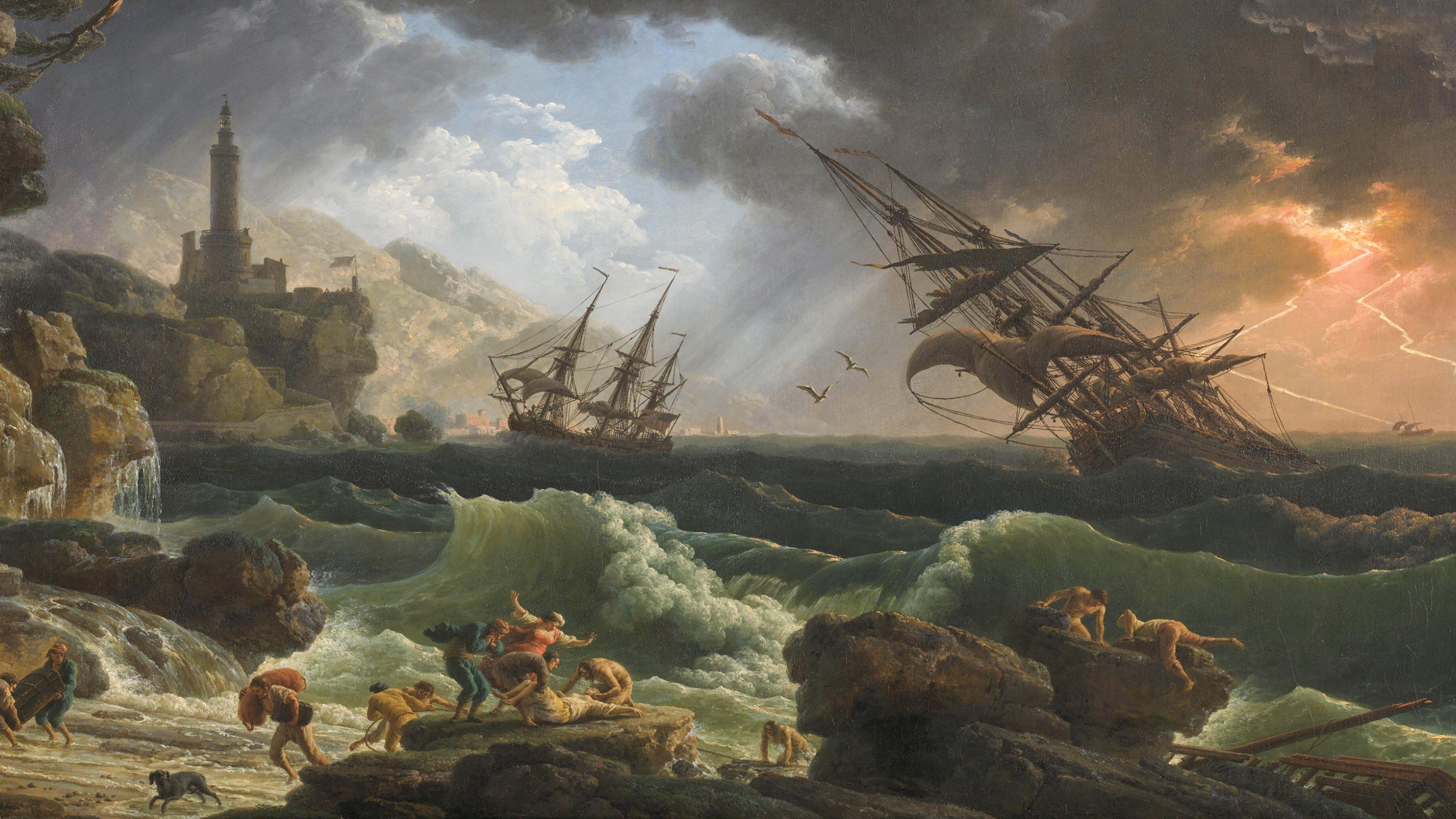Aeon Video has a monthly newsletter!
Get curated editors’ picks, peeks behind the scenes, film recommendations and more.
How one of history’s most beautiful books was used to find fate in the cosmos
The Astronomicum Caesareum (1540) by the German mathematician, astronomer and cartographer Petrus Apianus was used by the privileged – including the Holy Roman emperor Charles V, who commissioned it, and the Tudor king Henry VIII – to find guidance, knowledge and fate in the stars. Produced over eight years at Apianus’s printing press in Bavaria, it was also extraordinarily beautiful, with hand-coloured illustrations, rotating paper dials and silk threads helping to steer its owner’s astrological forecast. Taking viewers on a guided tour of one of the original copies of the Astronomicum Caesareum, this short from the Metropolitan Museum of Art in New York City explores the book’s elegance, intricacy and function. Through this, the video conveys the prevalence of astrology in the 16th century, and how the book emerged in an uncertain world in which long-held beliefs – including geocentrism – were being upended.

video
History of science
How we came to know the size of the Universe – and what mysteries remain
26 minutes

video
Art
Defying classification, fantastical artworks reframe the racism of Carl Linnaeus
8 minutes

video
History of science
Meet the Quaker pacifist who shattered British science’s highest glass ceilings
14 minutes

video
History of science
Ideas ‘of pure genius’ – how astronomers have measured the Universe across history
29 minutes

video
History
Hags, seductresses, feminist icons – how gender dynamics manifest in witches
13 minutes

video
Art
Background music was the radical invention of a trailblazing composer
17 minutes

video
Metaphysics
What do past, present and future mean to a philosopher of time?
55 minutes

video
Art
Radical doodles – how ‘exquisite corpse’ games embodied the Surrealist movement
15 minutes

video
Beauty and aesthetics
In art, the sublime is a feedback loop, evolving with whatever’s next to threaten us
9 minutes